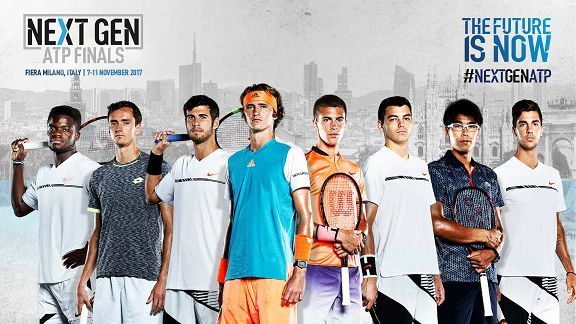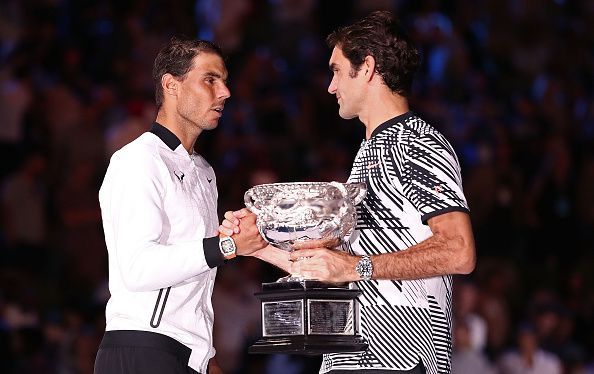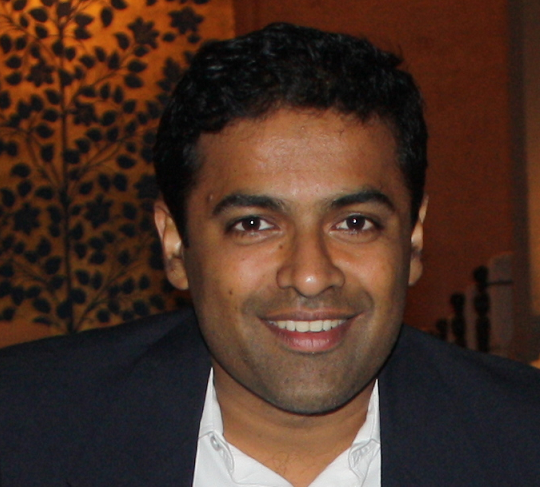When will the Next-Gen of tennis show up?

The true excitement of a sporting contest is the match-up between two players. When a young gun takes on a seasoned champion, the entire sporting fraternity pays close attention. Every era in the history of tennis has witnessed this battle, whether it be John McEnroe vs Bjorn Borg, Boris Becker vs Ivan Lendl, Roger Federer vs Pete Sampras or Rafael Nadal vs Federer. However, that hasn’t been the case with the current young generation of tennis stars.
“I’m still waiting for them to come,” said John McEnroe on BBC, referring to the Next Gen, the young guns who dream of replacing the likes of Federer, Nadal, and Novak Djokovic.
The aforementioned trio has 54 grand slam titles between and are still doing so effortlessly in their 30s.
Four Generations
In tennis, the definition of Next-Gen is usually a five-year gap. Let’s take a closer look at the prominent players since the turn of the millennium:
Gen 1: Roger Federer, Lleyton Hewitt, Andy Roddick, Marat Safin, David Nalbandian
Gen 2: Rafael Nadal, Novak Djokovic, Andy Murray, Juan Martin Del Potro, Stanislas Wawrinka, Marin Cilic
Gen 3: Jo-Wilfried Tsonga, Kei Nishikori, Milos Raonic, Grigor Dimitrov, Gael Monfils
Gen 4: Dominic Thiem, Alexander Zverev, Stefanos Tsitsipas, Borna Coric, Denis Shapovalov
The story of Roger Federer is simply unbelievable because everyone from his batch has retired and is watching him in disbelief from their living rooms. The 2nd batch has done well, predominantly led by Nadal and Djokovic. Murray and Wawrinka from this group have pitched in too.
However, the talent pipe runs dry from here on. Nobody from here onwards has won a grand slam yet. Dominic Thiem has come the closest with his twin French Open final appearances but he too has been inconsistent during the rest of the year.
What keeps the old guns ticking?
As the adage goes, success is built on the four D’s - Desire, Dedication, Discipline, and Determination. The top-3 players possess the first of the mentioned factors in abundance. Time and again, they have overcome tough injury lay-offs and have become more resolute with every comeback. The profound love for the sport has constantly helped them evolve and consequently, has kept them ahead of the pack.

One technical factor that may give the triumvirate of Djokovic, Federer and Nadal an edge is the format change adopted by the ATP tour. From 2007 onwards, the Masters 1000 series tournament finals have been reduced to a best of 3-sets encounter instead of five.
Previously, the likes of Federer and Nadal slugged out five-setters consistently in such tune-up events leading to the grand slam. For example, Nadal beat Federer 6–7(0–7), 7–6(7–5), 6–4, 2–6, 7–6(7–5) in the 2007 Italian Open final, a build-up event to the French Open. As narrated by Nadal to ATPWorldTour.com:
“It was an unforgettable match, five hours and something. It was an unbelievable comeback for me in the fifth. I think for both of us, it was a very, very high level. Both of us had chances to win the match.” It is obvious that such matches have a compounding effect over time and prepares the player better for the grand slam battles, where a player needs to win 7 rounds in a best-of-five format.
The other debatable factor is the prize money earned these days. Back in 1989, a winner at Wimbledon earned £190,000 which is the same as a player winning a 3rd round match today. Although this is great news for a player’s earnings and development of sport in general, could this lead to a comfort zone? Is the trophy that alluring when a player gets a million dollars for finishing second? With additional off-court endorsements, the feel of luxury can set in quite early in a player’s career.
Waiting eagerly
Boris Becker in his recent interview with The Telegraph made an interesting point.
“Eventually, they [Top-3] will be too old. But you want to see the passing of the torch while they are still in their prime. There’s a certain mentality that they [the younger players] don’t have yet, that the other three just have it in them.”
The intrigue lies in the younger players taking over while the seniors are still doing well. With the tennis fraternity running out of patience lately, there is an uneasy wait for the next big thing to emerge sooner than later. Hopefully, for tennis’ sake, they arrive in the near future!
